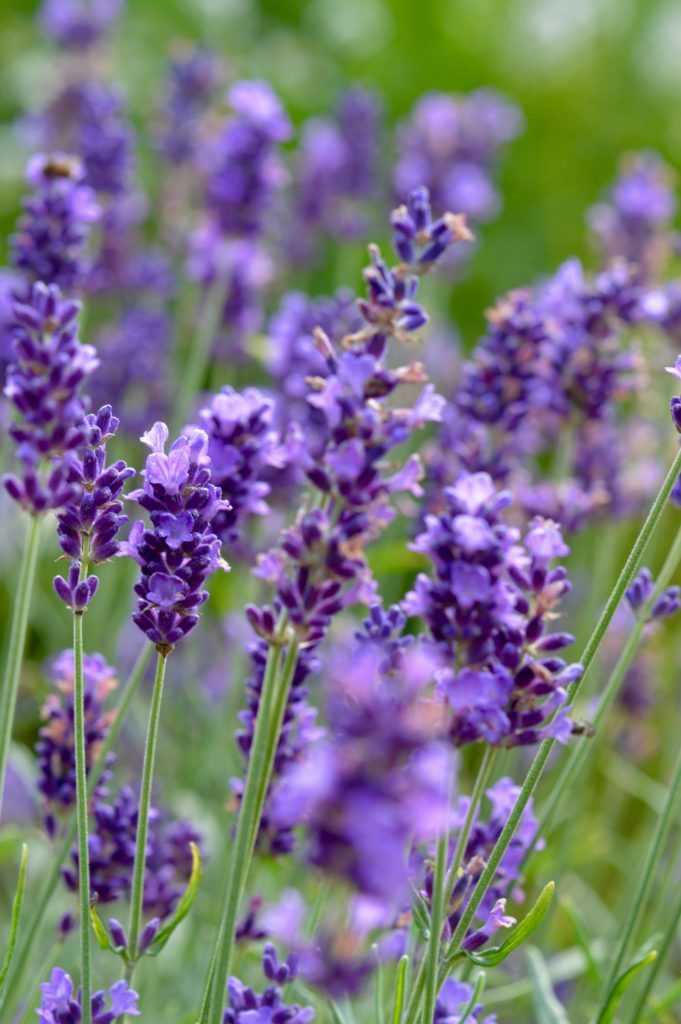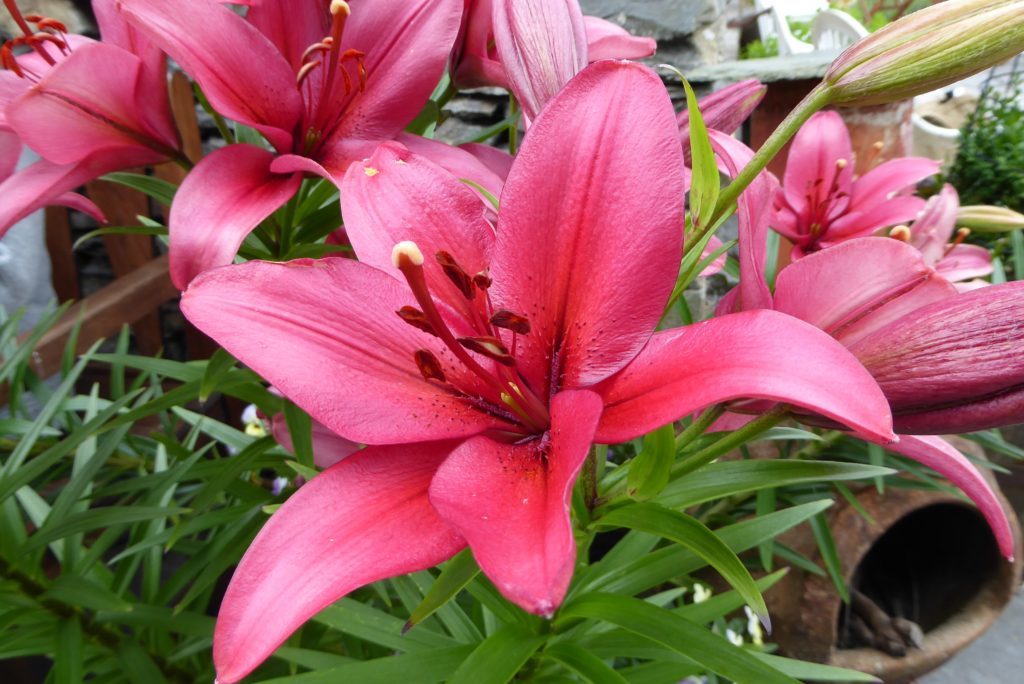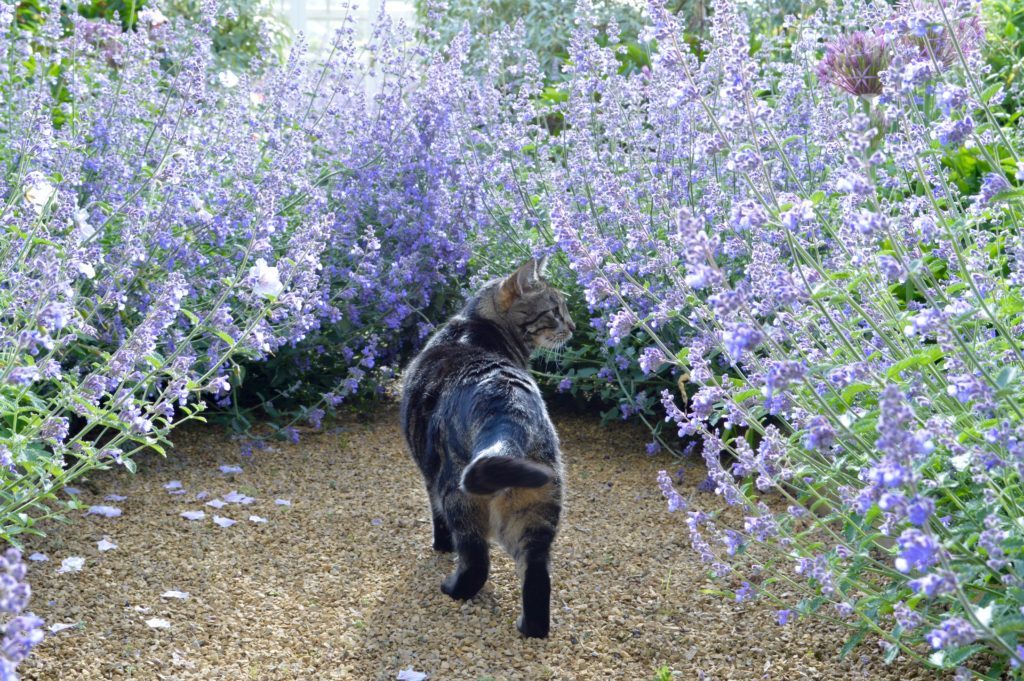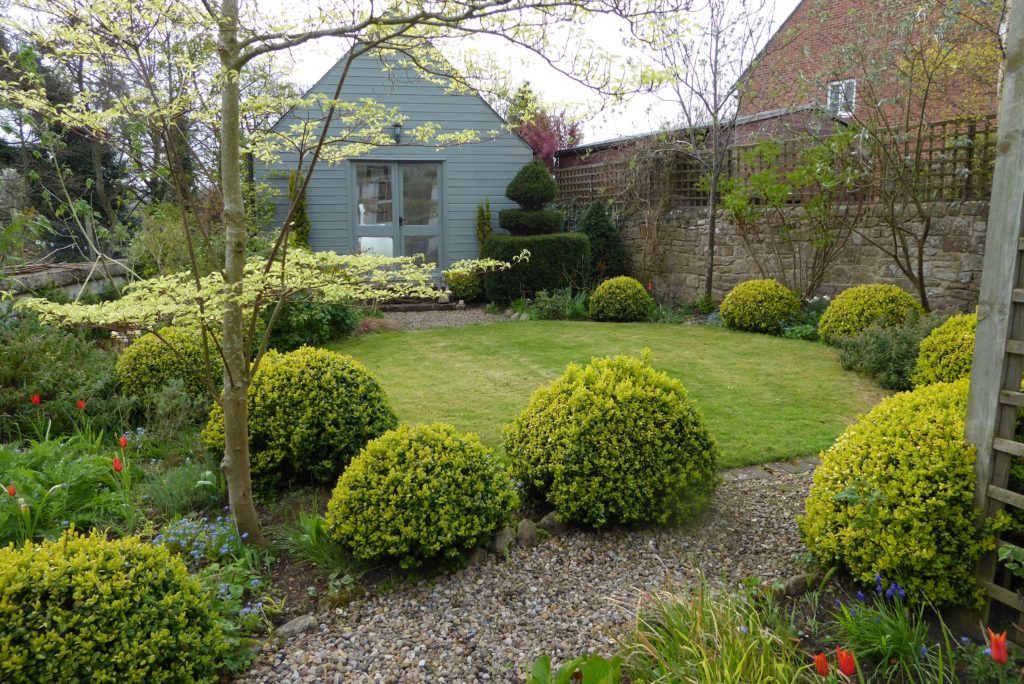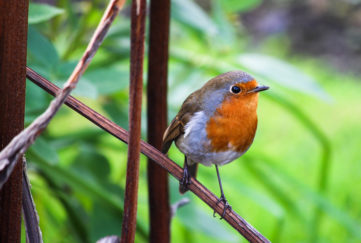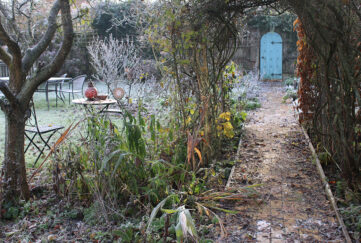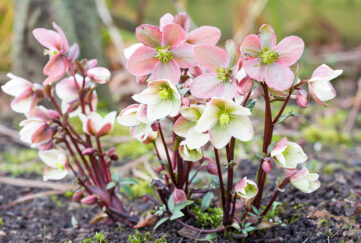Is Your Garden Pet Friendly?
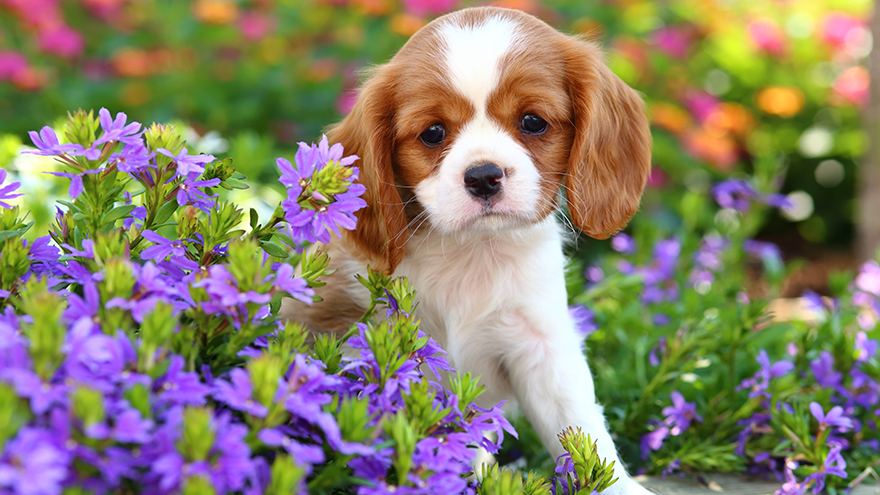
Pet owners are being advised to make small changes to their garden space this spring in order to keep their animals happy and their outdoor spaces neat and inviting.
The garden experts behind BillyOh.com have looked into what makes the ideal pet garden in order to advise dog, cat and rabbit owners on how they can turn their backyards into a haven for their four legged friends this year.
Many people are under the impression that it’s impossible to own a pet and boast a pristine garden at the same time, but this couldn’t be further from the truth if you simply make a few cost-effective tweaks.
From carefully considering the plants you put in your garden to laying out clear paths and borders, people and their pets can have a space to enjoy together.
Here are seven tips for creating the ultimate pet-friendly garden:
1 Plant dense, robust plants
Boisterous cats and dogs can damage young plants or those with fragile, delicate stems by running through them or digging them up, so it’s best to plant landscape areas densely and with strong, robust plants.
Hardy lavender or romp-proof shrubs and perennials are ideal to be placed at the front of a border or around the edges, and you place more brittle plants in the centre, where they’ll be protected.
2 Avoid thorny and toxic plants
Soft paw pads and exposed eye areas are sadly the perfect target for thorny and spiny plants, so try to steer clear of them altogether in order to avoid a canine casualty.
Similarly, there are various plants and flowers such as lilies, azaleas and castor bean that can be highly toxic to animals, and certain weeds like foxtail grasses can be dangerous as animals may accidentally inhale the barbed seed heads – with serious consequences.
3 Provide shade and shelter
Like humans, various animals enjoy nothing more than lazily basking in the sun, but cats and dogs can also overheat easily so it’s important to provide some kind of outdoor shelter where they can retire to escape the sun’s rays.
4 Make sure your garden is secure
Some animals are likely to try and dig under fences – particularly naughty pooches – so make sure your borders are secure at the base. Dogs can jump surprisingly high too, so make sure your fence is at least 6ft if you don’t want them escaping and running riot.
5 Avoid chemicals
If your garden boasts any water features or ponds, make sure not to add any additives as animals may be tempted to drink from them.
Similarly, steer clear of any harsh, non-organic chemicals and pesticides such as slug pellets, as these could be harmful to your pet if they end up scoffing a slug or snail.
6 Make use of borders
To prevent your pet ruining your garden entirely, create a designated area for play or digging using sand or mulch and create clearly defined boundaries, such as a low-growing box hedge, to separate this area from the rest of your garden.
7 Lay out clear paths
Laying out clear paths for your dogs to run and patrol will satisfy your pooch’s need to perform their job – to keep watch of your property and ward off intruders – whilst giving them designated space to exercise. Sacrifice a few feet along the fence for a perimeter path or if your dog has already created their own path through the garden, turn their well-worn routes into proper pathways.

